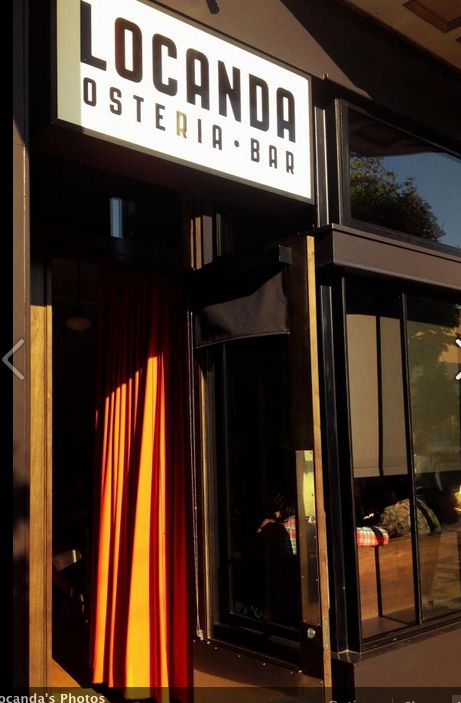
The direction of Valencia Street's ever-evolving gentrification has always been controversial.
As various interest groups jockey for space along the newly renovated boulevard, one group has begun an effort to block any new restaurants from moving into the area.
At a meeting on Wednesday, the Valencia Street Merchants Association voted to push a pair of rule changes that would put the brakes on the rapid influx of eateries that have recently moved onto the street. The neighborhood coalition hopes to get the city to impose a one-year moratorium blocking all new restaurants along Valencia between 16th and 24th Streets.
"Valencia needs to be a cohesive neighborhood for people who live in it...We have no florist, no hardware store, no large grocery store," Valencia Street Merchants Association President and Glama-Rama Salon owner Deena Davenport told Uptown Almanac. "Restaurants are taking over so rapidly, it's as much as tripling rents lately and creating daytime dead zones that are uninviting to shoppers."
The San Francisco Chronicle reports that, since last spring, 16 new restaurants have opened along the three-block stretch of Valencia Street, boasting a grand total of 1,000 new seats.
"For restaurants, it's a natural place to gravitate to, with big spaces and reasonable rents," local restaurateur Dylan McNiven, who recently opened the southwestern-themed West of Pecos in the area, told the Chronicle. "If you walk up and down on a busy day, there's nothing like it."
The Mission already has a set of fairly restrictive laws governing what types of businesses can open there. The area has the tightest liquor licensing rules of anywhere in San Francisco: since 1996, new businesses have been prohibited from selling booze in unless they also have a full-service restaurant.
These regulations make it more difficult for certain types of businesses, such as corner markets and grocery stores, to open up in the Mission while encouraging the type of full-service restaurants some fear strangle the neighborhood's diversity.
The practice of limiting the number of restaurants in a given neighborhood has a long history in San Francisco, as these moratoriums and caps are often seen as an effective tool to keep areas from transforming into tourist-centric destinations and pushing out other types of businesses that primarily serve locals.
Over the past few decades, a handful of neighborhoods--Noe Valley, the Castro, Cow Hollow and the Upper Haight-- have installed hard caps on the number of restaurants allowed in their midst. In recent years, however, there's been a push to soften those rules by transitioning them into soft caps where new restaurants must first be evaluated by the city's Planning Commission.
The lifting of Noe Valley's moratorium in 2010 was welcomed by some long-time restaurant owners in the neighborhood. SF Weekly reports:
"That's great news," said Brett Emerson, chef-owner of Contigo , which opened on Castro at 24th just about a year ago. "We'd love to see 24th Street more of a restaurant destination." Fresco chef Jose Calvo-Perez seconded that. "It makes 24th Street more of a destination area and boosts the economy," said Calvo-Perez, whose father Julio opened the Noe Valley Fresca six years ago. "I would welcome any more businesses who want to come in."
On a related note, Divisadero Street's essential Mexican staple Little Chihuahua just opened a new location (where else?) on Valencia Street.
Check out some of the other restaurants that have opened on Valencia Street in the past couple years:

